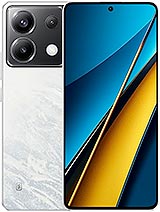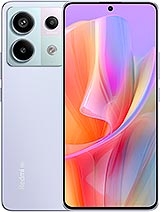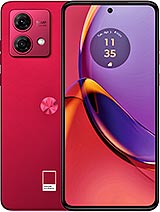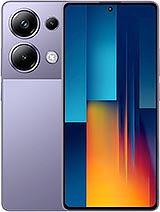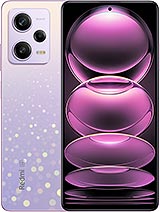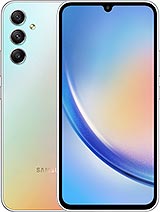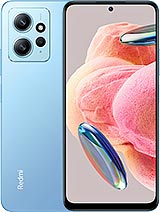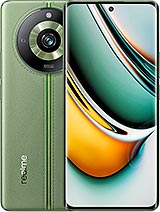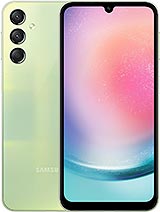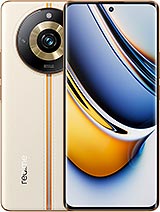Xiaomi Redmi Note 13 Pro 4G review

6.67-inch 120Hz OLED display
The Redmi Note 13 Pro 4G uses the same display as the Poco M6 Pro 4G. It's a standard 6.67-inch OLED panel of 1,080 x 2,400 pixels and a pretty sharp-looking pixel density of about 395ppi. It offers a 120Hz refresh rate and DCI-P3 color gamut. There is no HDR support.

The screen is protected with a Gorilla Glass 5 piece. There is a small punch hole to make way for the selfie camera.
According to Xiaomi's official specifications, the screen supports up to 1,300nits of peak brightness.
We've completed our display test, and the numbers are identical to the Poco M6 Pro 4G. We captured 493 nits of maximum brightness when controlling the brightness slider manually. Then, when using the Auto Brightness mode or with the Sunlight Boost enabled, the screen became much brighter and reached up to 1,047 nits in our standardized test.
The minimum brightness at point white was just 2.1 nits.
Refresh rate handling
The display supports up to 120Hz refresh rate, and there are two refresh modes - Custom (choose between 120Hz or 60Hz refresh ceilings) and Default (automatic switching behavior).

As reported by the Android OS, the screen should support the fixed 30Hz, 60Hz, 90Hz and 120Hz steps.
The adaptive refresh rate works as expected - it drops down to 60Hz when the screen shows static content.
The only time we saw the screen use 30Hz was for the Always-on Display, which cannot be always-on all the time but appears only for 10s.
HDR and streaming
The Redmi Note 13 Pro 4G comes with Widevine L1 DRM support, and Full HD streaming is available across popular platforms. There is no support for HDR, though.
Battery life
The Redmi Note 13 Pro 4G is powered by a 5,000mAh battery, just like the Poco M6 Pro 4G. And just like the Poco M6 Pro 4G, it scored the same solid numbers across all of our on-screen tests - video streaming, web browsing, and gaming.
Charging speed
Most of the recent Xiaomi-made phones support 67W fast wired charging, and the latest Redmi Note 13 Pro models are no different. They come bundled with the proprietary 67W Xiaomi power adapter and a 6A-rated cable.

Said adapter refiled 42% of the Redmi Note 13 Pro 4 G's dead battery in 15 mins, 73% in 30 mins. A full charge took 49 minutes, which is quite fast. Oddly, this is slightly slower than the Redmi Note 13 Pro 5G.
Optimized charging is available, an option that should prolong the lifespan of your battery.
Speakers
The Redmi Note 13 Pro 4G has your typical hybrid stereo speaker setup - a full-blown speaker is placed at the bottom, and the earpiece acts as another one. The top one is quieter but has two sound outlets to balance things out - one facing forward and the other facing up. That also makes covering this speaker with your palm pretty hard.
The audio coming from the setup is nice and balanced. Plus, there is support for the Dolby Atmos enhancement, and it's ON by default.
The Redmi Note 13 Pro 4G scored a Good mark on our loudness test. The sound quality is very good - the vocals are great, the high frequencies are well presented, and there is some minor bass presence.
Turning OFF the Dolby Atmos makes little difference - it offers a slightly richer but less balanced output.
Reader comments
- Awais
- 12 Jan 2025
- 6Pu
No
- Anonymous
- 20 Nov 2024
- uRB
I am using it since almost 4 months now. Overall performance is I can say very good except Battery timings . 67W charger is excellent not over all backup is pathetic specially when Brightness is full or even it's high. 200MP Camera doesn't ...
- Anonymous
- 29 Oct 2024
- gE$
Hi, Is "Vlog mode" included in this model?
